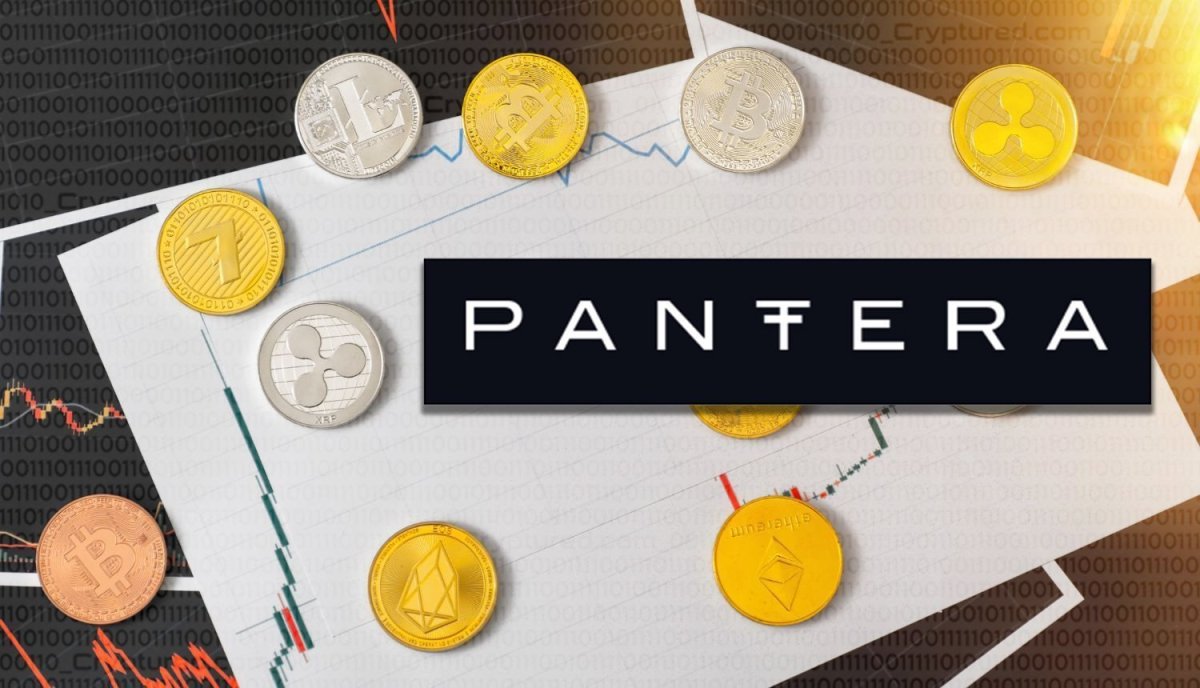The world of cryptocurrency, while brimming with innovation and opportunity, faces a constant barrage of sophisticated attacks. From devastating DeFi exploits to cleverly crafted phishing scams, the threat landscape is dynamic and ever-evolving. This exploration delves into the heart of crypto security, examining the latest hacking techniques and the innovative solutions emerging platforms are deploying to safeguard user assets. We’ll journey through the complexities of smart contracts, the power of blockchain analysis, and the crucial role of regulatory frameworks in building a more resilient and secure crypto ecosystem.
We’ll uncover the vulnerabilities that hackers exploit, the cutting-edge technologies designed to thwart them, and the practical steps individuals can take to protect their digital wealth. This isn’t just a technical deep dive; it’s a compelling narrative of innovation, resilience, and the ongoing battle to secure the future of finance.
The Role of Regulatory Frameworks and Compliance
The cryptocurrency landscape, while brimming with innovation, is unfortunately also a haven for malicious actors. The inherent decentralization and anonymity of many cryptocurrencies create unique challenges for regulators and law enforcement agencies striving to maintain financial stability and protect investors. Effective regulatory frameworks are crucial not only for deterring illicit activities but also for fostering trust and encouraging responsible innovation within the crypto ecosystem. A balanced approach, combining robust regulations with a forward-thinking mindset, is needed to navigate this complex and rapidly evolving space.
The current regulatory landscape for crypto security is a patchwork of differing approaches across jurisdictions. Some countries have embraced a relatively hands-off approach, prioritizing innovation over stringent regulations, while others have implemented stricter rules aiming to control risks. The effectiveness of these frameworks in preventing hacks is debatable, as evidenced by the persistent occurrence of high-profile breaches despite the existence of some regulations. While some regulations, such as those focused on Know Your Customer (KYC) and Anti-Money Laundering (AML) compliance, have helped to curb certain illicit activities, they often fall short in addressing the technical vulnerabilities that lead to many hacks. A more holistic approach is necessary to truly bolster security.
Areas Requiring Regulatory Improvement in Crypto Security
The current regulatory frameworks often struggle to keep pace with the rapid technological advancements in the crypto space. Key areas requiring improvement include the lack of clear definitions for various crypto assets, inconsistencies in enforcement across jurisdictions, and insufficient resources dedicated to investigating and prosecuting crypto-related crimes. Furthermore, the global nature of cryptocurrencies makes it challenging to enforce regulations effectively, as malicious actors can easily operate outside the reach of any single regulatory body. A coordinated global effort is essential to address these challenges and establish a more unified regulatory framework. Improved international cooperation and information sharing between regulatory agencies would significantly enhance the effectiveness of enforcement. Clearer guidelines on data security and breach notification requirements for crypto exchanges and platforms would also provide a more consistent level of protection for users.
Best Practices for Enhanced Security and Regulatory Compliance
Crypto exchanges and platforms must prioritize security to maintain user trust and comply with regulations. Implementing robust security measures is not merely a matter of compliance; it’s a fundamental aspect of responsible business operation in the crypto space. A proactive and multi-layered approach is vital.
- Robust Security Audits: Regularly conduct independent security audits to identify and address vulnerabilities in systems and code. This should be done by reputable and experienced security firms.
- Multi-Factor Authentication (MFA): Mandate MFA for all user accounts, adding an extra layer of security beyond simple passwords.
- Cold Storage of Assets: Store the majority of crypto assets offline (“cold storage”) to minimize the risk of theft from online platforms.
- Comprehensive KYC/AML Procedures: Implement thorough KYC/AML procedures to comply with regulations and prevent the use of platforms for illicit activities.
- Incident Response Planning: Develop and regularly test a comprehensive incident response plan to effectively manage and mitigate the impact of security breaches.
- Transparent Security Practices: Maintain transparent communication with users about security measures and incidents, fostering trust and accountability.
- Employee Training and Awareness: Invest in regular security awareness training for all employees to reduce the risk of insider threats.
- Regular Software Updates and Patching: Promptly update software and apply security patches to address known vulnerabilities.
Securing the crypto landscape requires a multifaceted approach. From robust technological solutions and strengthened regulatory frameworks to enhanced user education and proactive threat detection, a collaborative effort is essential. The future of crypto security hinges on the continuous development and implementation of innovative defenses, fostering a more secure and trustworthy environment for all participants. By understanding the evolving threats and embracing the emerging solutions, we can collectively navigate the challenges and unlock the full potential of this transformative technology.

